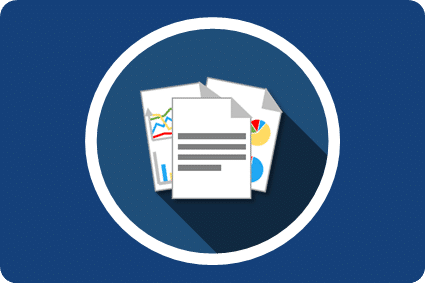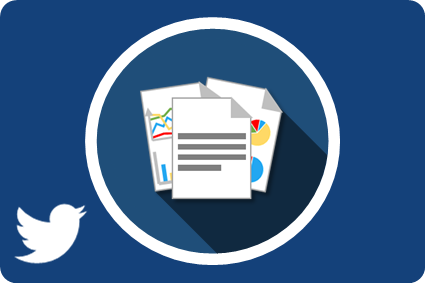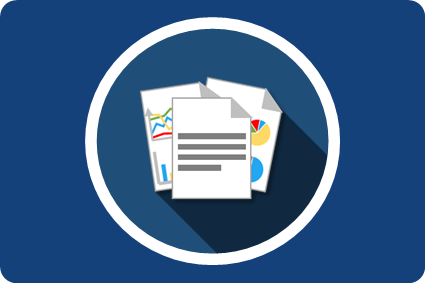Understanding The Documents and Contracts Used In Lease Agreements
Updated 26th May 2021 | 4 min read Published 16th July 2015

Any legal team will tell you that it is best practice when entering into a trust based corporate partnership, to get the terms and conditions formalised in writing.
One of the most important parts of any successful leasing deal is the documentation.Although a reasonable lease rental is a key definer of a strong leasing agreement, without well-structured and competitively negotiated accompanying lease documentation to confirm the deal you’ve worked hard to create, an exciting business venture can easily become trouble.
A lease is a complex and specialist product and can contain some onerous terms and conditions. A detailed understanding of the documentation is very important and a good starting point is to understand the documentation structure. If in doubt, be sure to contact an expert to make sure you understand exactly what is being signed and what documents you need to refer back to as this is what you and your funder will be relying on to ensure a fair lease agreement and to resolve any conflicts that may occur at the end of lease period.
Master Lease
The Master Lease lays out the general conditions and requirements of all new and future agreements between the lessee and lessor. It includes the responsibilities of both the lessee and lessor and the expected treatment of each other in future agreements. The master agreement usually only gets signed once and then sits in the filing cabinet never to be viewed again. However as it contains all of the detailed provisions of the lease and is the basis of all future lease agreements, it is undoubtedly the most important document to negotiate correctly.
Lease Schedule
The lease schedule (a.k.a lease agreement or lease contract) refers to the master agreement and includes all of its terms or is incorporated into the master agreement. The purpose of the lease schedule is to detail the specifics of the individual lease transactions, frequency of payments, period of lease, start and end payment dates as well as asset details and return conditions. It is also usual that the lease schedule will take precedence over the master agreement and be tailored for a specific asset type, so it is important that you refer to a lease’s specific terms and conditions as the lease schedule can differ and even contradict terms in the master lease.
Acceptance Certificate
This document is the simplest part of a lease and is usually the document that starts the whole agreement. However, it should be noted that the acceptance certificate does not often form a part of the agreement and hence may cause some uncertainty about the lease’s true start date. The acceptance certificate, once signed by the lessee, confirms that the assets have been delivered and that the lessee is happy to start paying for them. Some leases have “deemed acceptance” included within the master terms and therefore do not include an acceptance certificate. However deemed acceptance puts power with the lessor and can be dangerous for a lessee so is not recommended.
Other Documentation Structures
There are various other documentation sets used by different lessors, but all are designed to achieve the same objective. For example, some lessors include all the master terms and lease schedule within the same document and, in some cases, acceptance certificates are not used at all. If in doubt, call your lease experts.
For many, leasing remains a mainly paper based procedure. Many of these vital documents end up misplaced and neglected in the back of filing cabinets or in trays. Those that do get scanned and digitalised get lost in folders, dispersed amongst colleagues or hidden in email chains. With some lease agreements lasting over a decade, it is vitally important that the documents that outline the competitive deal you’ve negotiated as well as the responsibilities of both parties does not become mislaid over time.
Access to this documentation is just as important as its content – how else can procurement teams ensure the success of the lease, unless they know where it is? This is why many businesses are turning towards cloud based lease management software. By storing their leases on the cloud, procurement professionals are able to access these documents 24/7 globally and can review the documents whenever they need to.
For more information about lease management software, advice on how to negotiate the best lease documents from our leasing experts or general help with leasing, be sure to get in touch.
Share this Article:




